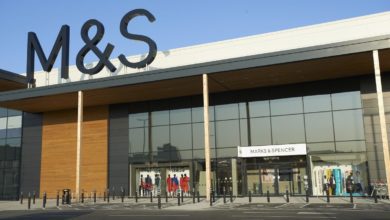Analysis
Who will lead the high street resurrection?

We may never know what Nietzsche thought of the UK retail sector. However, with today’s troubles, there is a good chance that he may well have felt the need to update his famous quote; ”the high street is dead… and we have killed it.”
You'll need to
subscribe to unlock this content. Already subscribed? Login?






